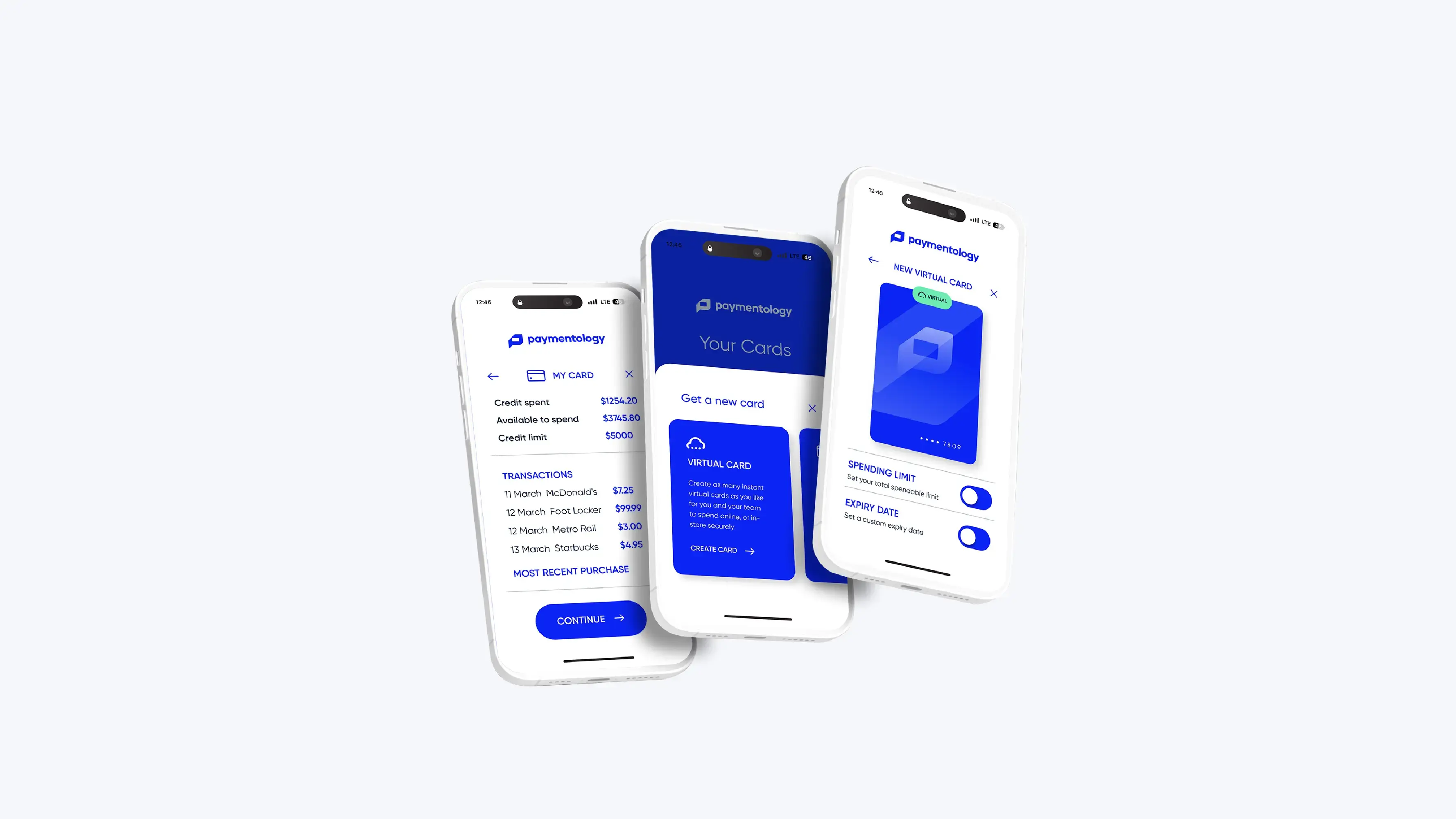
Google Pay officially lands in the Philippines
On November 18, 2025, Google Pay officially launched in the Philippines, marking an important milestone in the country’s digital payments journey. While the Philippines has long been a leader in QR-based transactions, particularly through QR Ph, the introduction of Google Pay points to a meaningful move toward NFC-based, tap-to-pay experiences. For millions of Android users, this opens the door to secure and globally accepted payments that fit into everyday life.
With Google Pay now live, Android users can simply unlock their phone or smartwatch and tap at any merchant equipped with an NFC-enabled terminal. This works across in-store, online and in-app payments, giving consumers a frictionless experience that many other countries have enjoyed for years. Google Pay is integrated directly into Google Wallet, which now serves as a centralised hub for payment cards and personal essentials. Users can add their debit or credit cards and begin paying instantly, without needing to carry a physical card.
Tokenization at the forefront of innovation
One of the biggest advantages of Google Pay is its strong security model, which is especially important in a country where fraud prevention remains a top priority for issuers.
Through the use of tokenization, all transactions carried out via Google Pay replace the card’s Primary Account Number (PAN) with a unique digital token, ensuring the real card number is never shared with merchants. Each transaction also includes a dynamic cryptogram, making intercepted data useless for fraudsters.
This level of security not only protects consumers, but also lowers fraud risk for issuers and merchants, which in turn strengthens trust in digital payments overall.
Importantly, the security aspect starts even earlier in the user journey, at the point of card provisioning. Google Pay supports two provisioning methods, manual provisioning and push provisioning. Manual provisioning requires cardholders to type in their card details, which can introduce friction and lead to higher drop-off rates due to additional authentication steps. In contrast, push provisioning offers a far more seamless experience. By using a push provisioning SDK, issuers can securely create an OPC (or payload) and pass it directly to Google Wallet, eliminating the need for users to manually enter card or personal information. Unlike manual provisioning, push provisioning typically follows a smooth “green flow,” enabling faster, more secure and user-friendly card activation. This streamlined approach not only enhances security but also helps issuers boost conversion rates as more users successfully add their cards to Google Pay.
Issuers are already on board
Google Pay’s launch in the Philippines comes with solid backing from both traditional banks and digital-first financial institutions. Traditional banks such as China Banking Corporation, EastWest Bank, Rizal Commercial Banking Corporation and Union Bank of the Philippines were among the first to activate Google Wallet provisioning, providing millions of existing cardholders with immediate access to tap-to-pay functionality. Their early involvement demonstrates a clear commitment to modernising customer payment experiences and staying competitive in a global digital market.
But equally significant is the participation of leading digital players. GoTyme Bank, GCash, Maya Bank are all known for their mobile-first ecosystems, have enabled their users to tokenize cards directly into Google Pay, bridging the gap between everyday consumers and advanced NFC-enabled payment methods. As GoTyme Bank’s issuer processor, we collaborated extensively with GoTyme and Visa Philippines to enable one of the first Google Pay activations in the country. This collaboration reflects months of coordinated technical effort and underscores the strength of our partnership in advancing secure, world-class digital payments for Filipino consumers. Meanwhile, international and multi-currency specialists like Wise Philippines and Zed Financial PH add further breadth by giving users more flexibility for both local and cross-border transactions.
Beyond simply enabling tap-to-pay transactions, Google Wallet extends its utility by serving as a digital hub for additional everyday essentials. Users can store boarding passes, concert and event tickets, loyalty cards, and transit passes, bringing multiple layers of convenience into one app.
In the Philippines, this broader capability is already taking shape. Public transport systems such as Manila’s MRT-3 and modern jeepneys in Cebu are preparing to support NFC-based tap-in/tap-out payments, aligning the Philippines with global transportation standards seen in cities like Singapore, Hong Kong and London. This integration not only enhances the commuter experience but also reinforces Google Pay’s role as a comprehensive digital companion for daily life.
Why Google Pay’s launch is so significant and how Paymentology can help
Google Pay’s entry into the Philippines’ market represents more than just the arrival of another payment method. At its core, Google Pay introduces a new level of convenience and digitisation, allowing users to participate in universal technological innovations. For Filipinos who travel frequently, Google Pay ensures global acceptance, enabling tap-to-pay transactions wherever the service is supported. As a result, this strengthens trust in mobile wallets as reliable companions for both domestic and international payments. Notably, Paymentology is among the first issuer processors to enable Google Pay in the Philippines, powering this innovation through its advanced tokenization platform and helping issuers bring secure, tap-to-pay capabilities to their customers faster.
The launch is also poised to accelerate the development of the country’s payment ecosystem. As demand for contactless solutions grows, merchants, acquirers and banks are expected to upgrade or expand their NFC-enabled terminals. This infrastructure boost will help modernise retail environments across the Philippines and support long-term adoption of tap-to-pay technology.
As issuers ready themselves for this advancement, Paymentology offers the technology and expertise necessary to help them go live quickly, efficiently and safely. Paymentologyprovides end-to-end tokenization support, integrating seamlessly with Visa Token Service (VTS) and Mastercard Digital Enablement Service (MDES). This enables smooth card provisioning into Google Wallet and full lifecycle management of tokens, from activation to suspension and deletion, along with the cryptogram validation required for secure transactions.
Through our modular APIs and cloud-first platform, issuers can also achieve rapid integration and certification, dramatically reducing development complexity and time to market. Paymentology’s global experience supporting digital wallets across multiple regions ensures issuers can confidently navigate regulatory requirements and tailor Google Pay implementations to the unique characteristics of the Philippine payments ecosystem.
Security remains central in a mobile-first payments ecosystem, and Paymentology’s fraud-control services and risk-management tools are built around the needs of issuers. These controls help maintain strong security postures as NFC payments expand and digital wallets become an integral part of everyday commerce.
And if you found this insightful? Let’s talk about how Paymentology can help you launch Google Pay quickly and securely.


